AI-powered music transcription tools like Klangio can be immensely helpful for musicians. But what if the transcription contains errors or just seems a bit off? Don’t worry – with a few simple tweaks and fixes, you can dramatically improve accuracy and get great results. Learn how to get the most accurate music transcriptions with Klangio! In this comprehensive guide, we’ll walk through the top mistakes people make when transcribing music with AI, and actionable tips to avoid them. Follow these best practices, and you’ll be ready to create flawless transcriptions in no time.
Set Yourself Up for Success by Isolating the Instrument
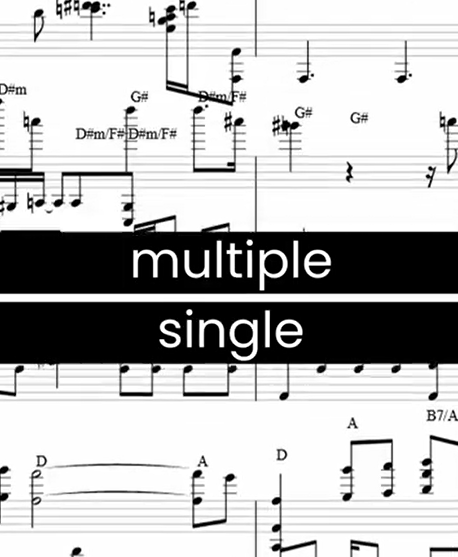
The first step is recording a high-quality audio track. Our transcription algorithms are specifically trained on recordings of isolated instruments. Uploading a busy, multi-instrument recording with vocals, guitar, drums, etc. simply won’t work well. If necessary try using to separate the music into their Instruments.
For best results, be sure to record each instrument individually without any background music. Solo instrument recordings give the algorithm the cleanest signal to analyze and transcribe accurately. This avoids the common mistake of uploading full songs and getting unusable, inaccurate transcriptions.
Optimize Audio Quality for Accurate Transcription
Garbage in, garbage out. No matter how advanced the transcription algorithm, poor audio quality will lead to errors. Follow these audio optimization tips when recording:
Avoid Distortion by Mic Positioning
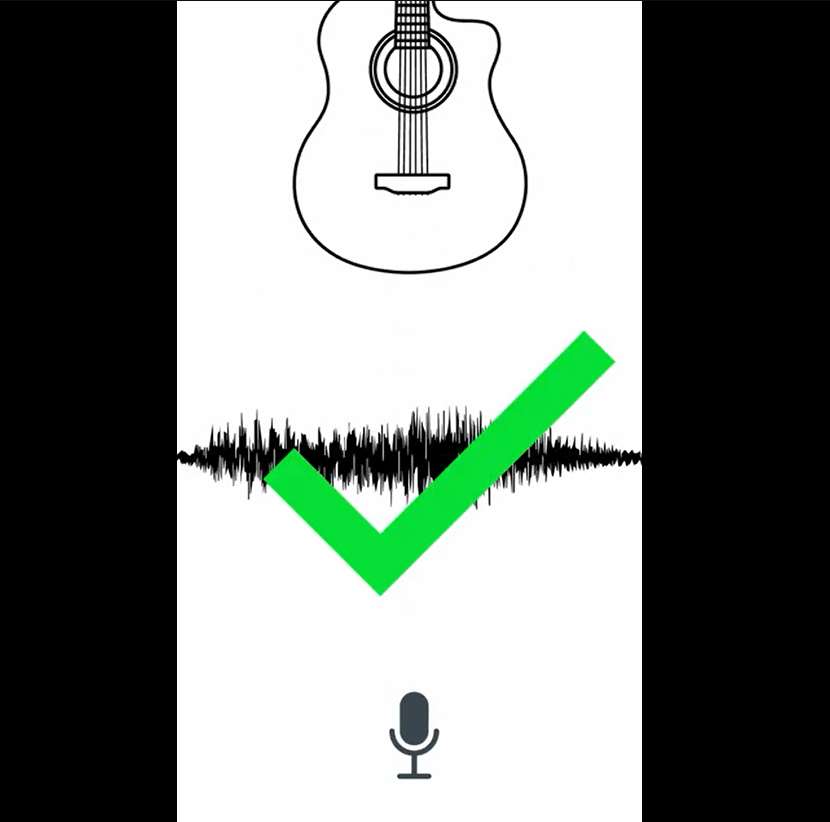
Place the microphone close enough to the instrument to get good signal levels, but not so close that it distorts or clips. If you hear cracking, buzzing or fuzzy sounds, move the mic back slightly until the audio is clean.
Minimize Ambient Noise for Clear Recordings

Background sounds like HVAC systems, traffic, talking etc. can negatively impact transcription. Whenever possible, close windows and doors and silence any fans or outside noise during recording sessions. The cleaner the audio, the better the results. Find out more about recording guitars in this article.
Record Slowly and Carefully
Sloppy playing makes transcription difficult. Take your time, play slowly, and focus on clean, clear articulation of each note. Precision leads to accuracy.
Critically Listen to Your Recordings
Give each take a close listen with headphones to catch any potential issues before uploading. Pinpoint and re-record any parts that sound noisy or unclear. A few minutes of audio quality control pays off.
Retranscribe Recordings for Improved Accuracy
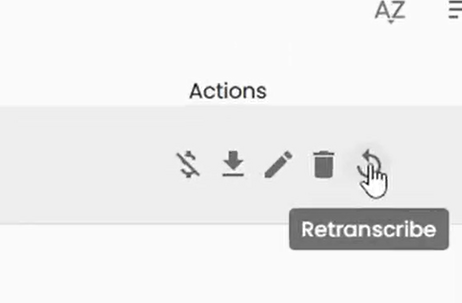
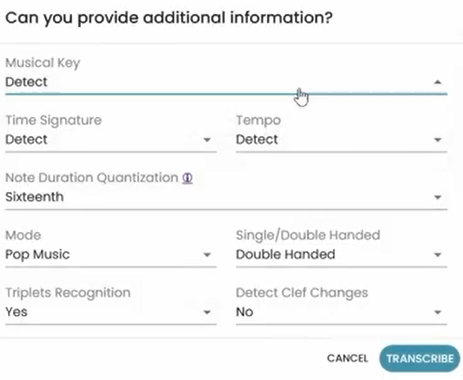
If your initial transcription attempt contains errors, our retranscribe feature is your friend. You can upload the same recording again and again, often yielding better results each time as the algorithm “learns” the nuances of your playing style and instrument.
Note that the different Klangio Apps: Piano2Notes, Guitar2Tabs and Sing2Notes have a different set of additional information that can be provided for transcriptions. Check out this article to find out more about the details you can provide.
Providing additional context like instrument type, tuning, and tempo can further guide the algorithm. With multiple retranscription passes, you can dial in extremely accurate results.
Request a Refund If Still Unhappy
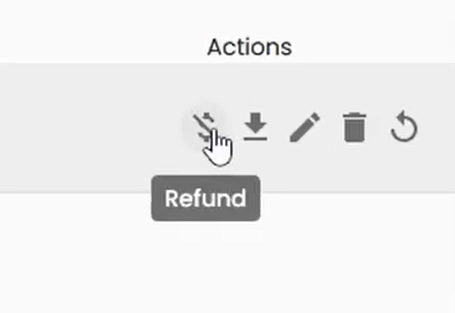
If you can’t get an accurate transcription with Klangio, we offer full refunds within 14 days. Our customer-friendly refund policy means you can keep trying for perfect transcription, or get your money back if needed.
Our Transcription Technology Improves Continuously
As an innovative AI startup based in Germany, we are constantly researching and developing cutting-edge transcription algorithms. We aim to deliver ever-increasing accuracy across more instruments, tuning systems, and genres in future updates.
User feedback also helps us improve the experience and prioritize high-value new features. Please let us know if you have any suggestions! Our mission is to make transcription easy, useful, and accessible for all musicians.
The Future Looks Exciting

Emerging machine learning techniques open up amazing possibilities like transcribing multi-instrument recordings, vocals, and even live performances. While our core focus is on solo instrumental transcription for now, we are always innovating and can’t wait to unlock more applications soon.
Start Transcribing Today
To recap, isolate your instrument, optimize audio quality, retranscribe for incremental improvements, and let us know if you need any help. Following these best practices get you accurate transcriptions with Klangio.
We hope these tips help you avoid common mistakes and have you creating accurate transcriptions in no time. Let us know if you have any other questions!

